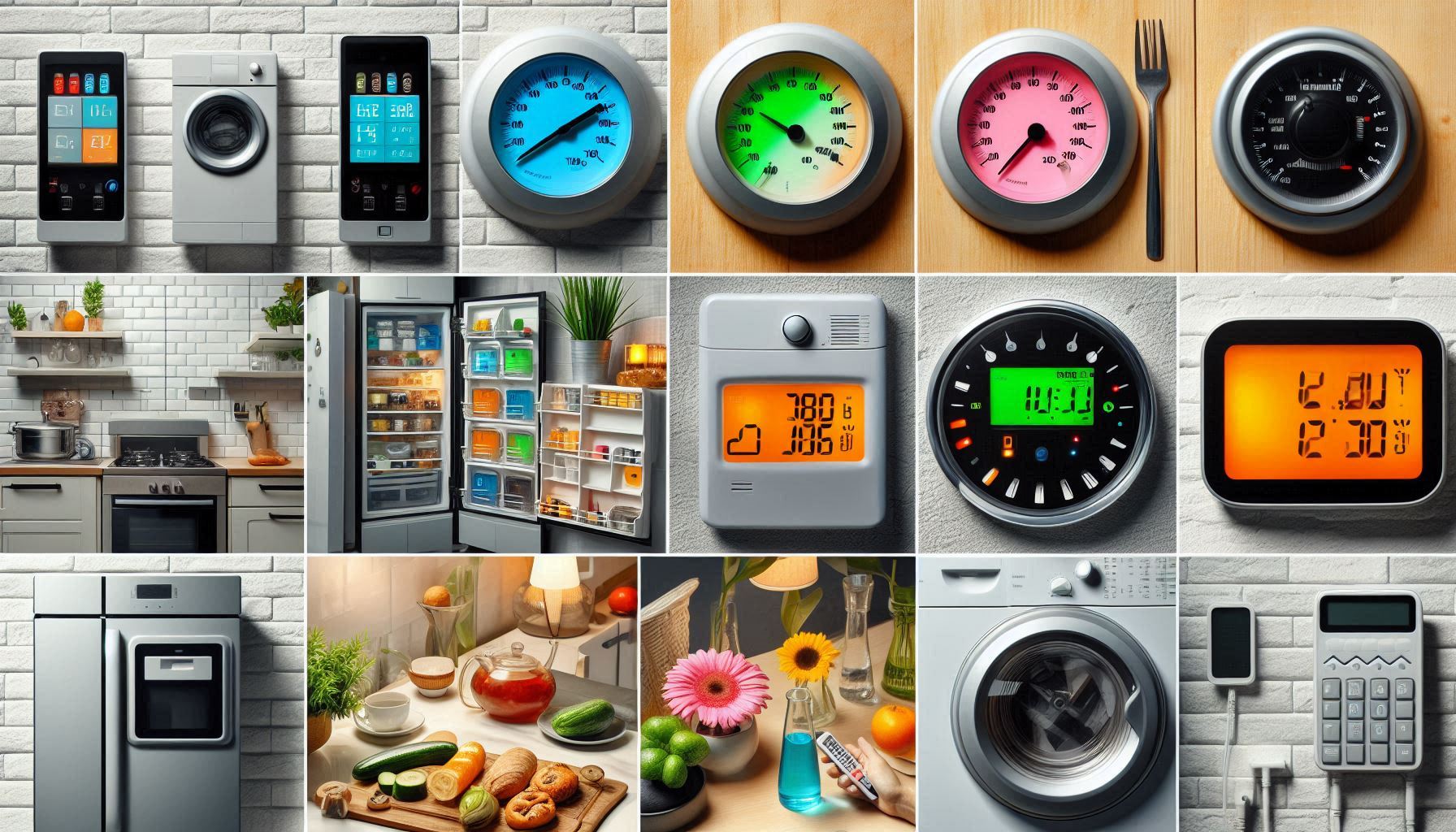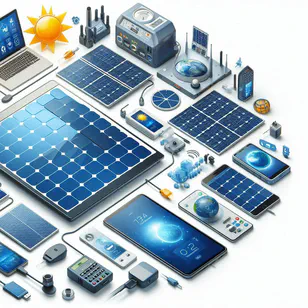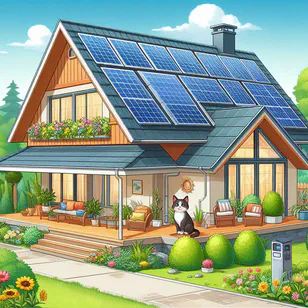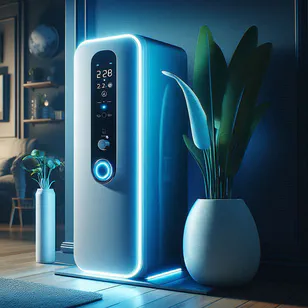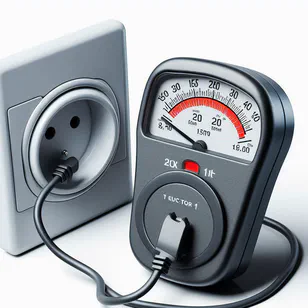Introduction
Understanding your household’s energy consumption is crucial in today’s world, especially as energy demands rise and costs continue to climb. One of the first questions to consider is how much electricity your household consumes, both in summer and winter. This fundamental question helps in planning and optimizing energy use.
A Personal Anecdote: Energy Consumption Over Time
Reflecting on my own experiences, I remember when my family’s electricity usage surged from less than 100 kWh to 140 kWh. This prompted discussions about the efficient use of appliances like lights, our electric kettle, and our black-and-white TV, the Slavutych 220. Back in the late 1980s, electricity was affordable, but as time has progressed, both costs and consumption have dramatically increased.
The Evolution of Household Appliances
Household appliances have come a long way since then:
- Lighting: Incandescent bulbs have largely been replaced by energy-efficient LEDs, which use about ten times less energy.
- Televisions: Modern TVs are larger yet consume significantly less power than their predecessors.
- Modern Appliances: Today’s homes feature a range of appliances, including water heaters, dishwashers, washing machines, and air conditioners, which contribute to increased energy demands.
The Deceptive Nature of Wattage
While appliances like kettles and induction stoves appear to be major energy consumers due to their high wattage, their overall energy consumption is often lower than expected:
Kettles: A typical kettle may have a high wattage, but it only uses about 0.1 kWh per liter of water boiled, typically operating for just 5-7 minutes.
Cooking Appliances: Induction stoves and ovens draw significant power, yet their infrequent usage limits their total consumption.
Low Consumption Staples
Some appliances run constantly yet surprisingly consume less energy:
- Refrigerators: Modern models with A++ ratings have low annual energy consumption thanks to improved insulation.
- Well Pumps: Even powerful well pumps operate intermittently, resulting in lower overall energy use.
The Real Energy Guzzlers
The true energy hogs in a typical household include:
- Electric Boilers
- Water Heaters
- Electric Vehicle Chargers
These devices have high wattage and often operate for extended periods, significantly impacting energy bills.
Managing High-Energy Devices
Effective energy management involves understanding and managing high-consumption devices:
Use Three-Position Switches: Installing switches for high-energy appliances allows you to manage power sources effectively.
Direct Grid Connection for Heating: For consistently high-demand heating systems, a direct connection to the grid is advisable.
Optimizing Your Energy Setup
Solar Integration: Consider solar panels to offset energy consumption of high-usage devices, reducing reliance on grid power.
Smart Home Technologies: Automate energy management to switch between solar and grid power based on consumption patterns.
Energy-Efficient Upgrades: When replacing appliances, prioritize those with high energy star ratings to maximize long-term savings.
Challenges: Power Outages and High Energy Costs
Today’s households face challenges such as power outages and rising energy costs. Embracing modern technologies and renewable solutions can mitigate these issues.
Conclusion
Understanding and managing your household’s energy consumption is vital for creating a sustainable and cost-effective future. By focusing on high-energy appliances and integrating renewable energy solutions, you can reduce overall energy usage and costs. As we move towards a more energy-conscious society, awareness of consumption patterns empowers informed decisions that lead to more efficient and environmentally friendly households.
